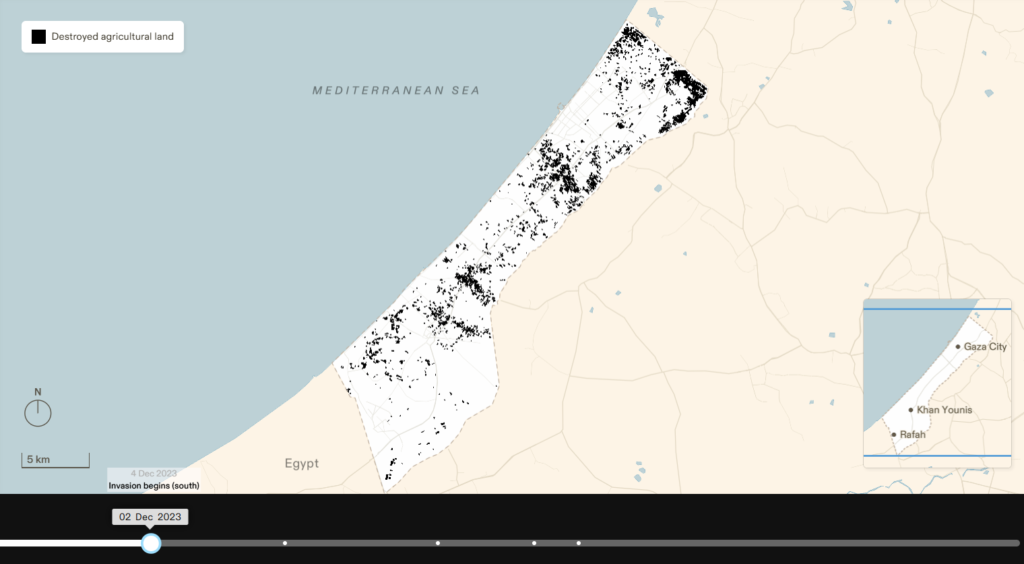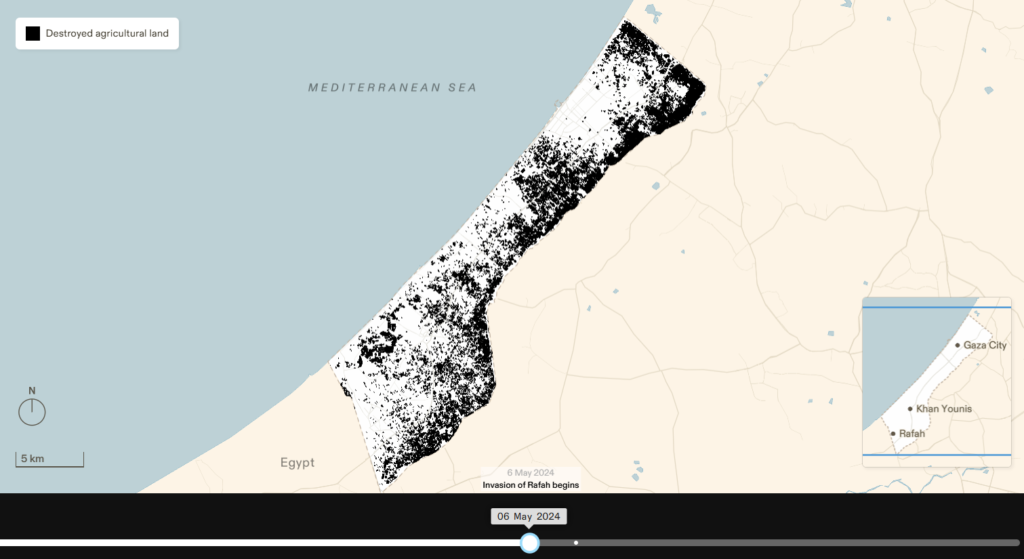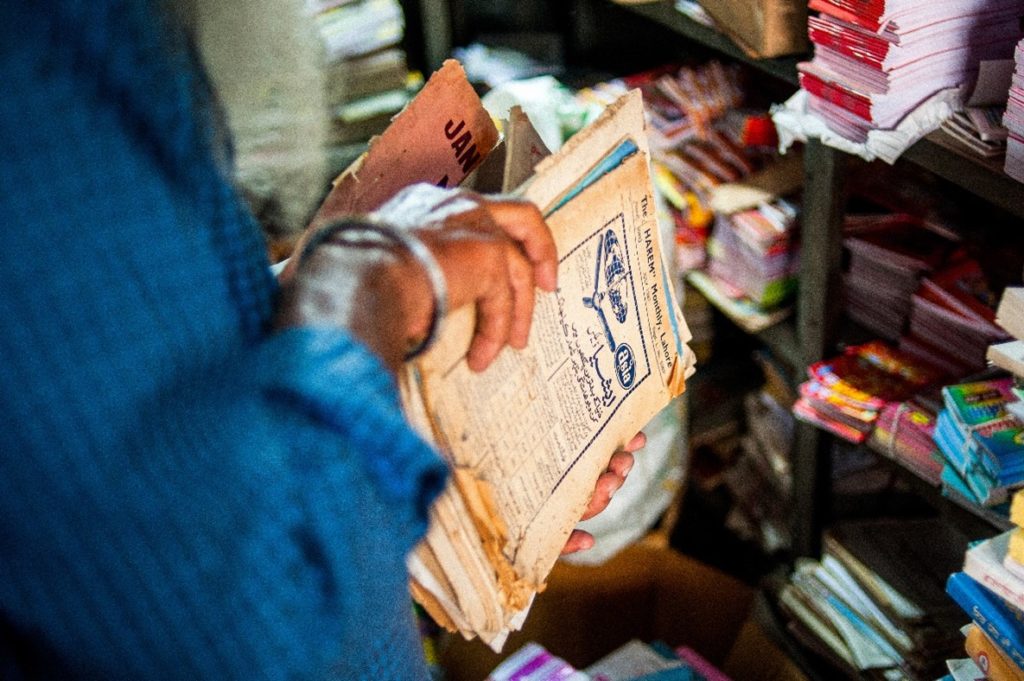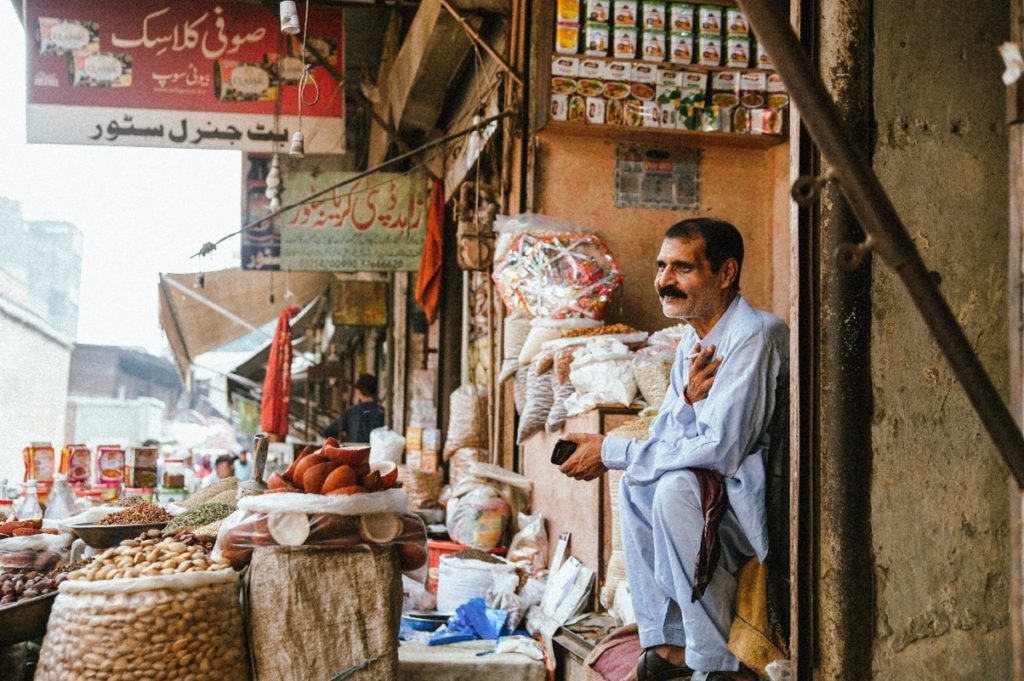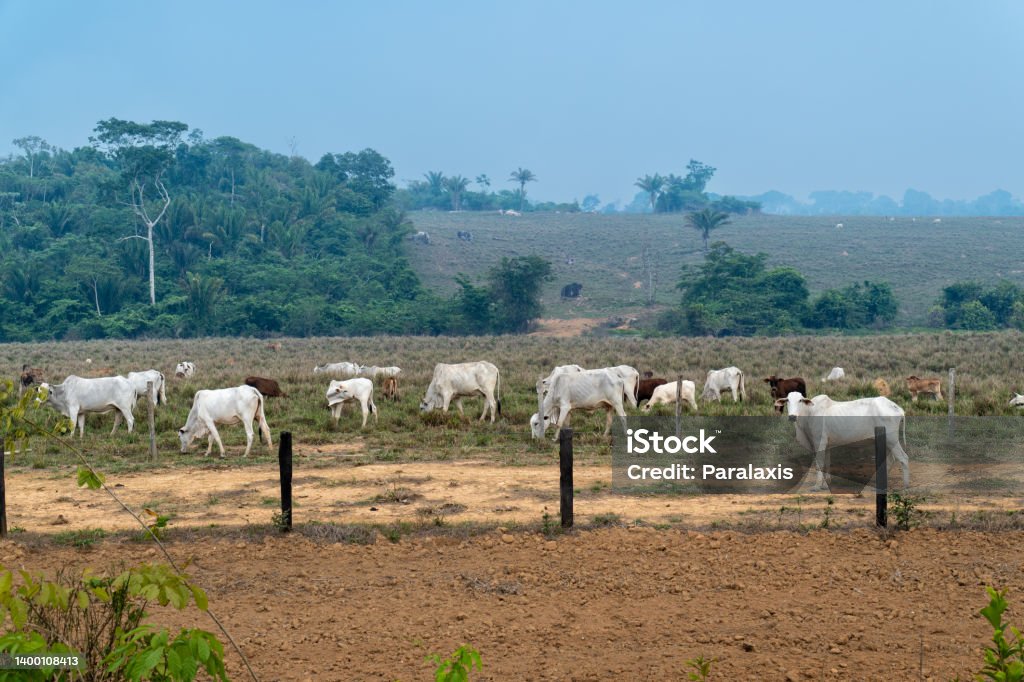Writes MA Social Development graduate Mubarik Mohamed Ahmed.
*The views in the following blog post are the personal views of the author and are not an official position of the School.*
Introduction
The representation of marginalised women in global discourse is often a site of intense struggle where the very subject of debate, the woman herself, is rendered silent. Her voice is drowned out by the cacophony of more powerful narratives that seek to define her reality for their own ends (Athanasiou, 2022).
This phenomenon finds its most potent theoretical elaboration in Gayatri Chakravorty Spivak’s seminal essay, “Can the Subaltern Speak?”. Spivak meticulously deconstructs how the Indian widow, the sati, was trapped in a double bind between British colonial discourse, which framed her as a victim to be saved by white men from brown men and a nativist patriarchal discourse which claimed she willingly embraced self-immolation as an act of piety. In this crossfire of ideologies, the woman’s own subjectivity was utterly effaced as she became a symbol in a battle she did not own, her voice lost to history (Aurangzeb et al. 2025).
This essay argues that the contemporary Somali woman is similarly trapped in a paralysing double bind between a Western savior complex and an indigenous nativist ideal. This structural silencing, a form of ongoing epistemic violence, ensures that her heterogeneous, complex, and autonomous voice remains systematically unheard and unrepresentable within the dominant frameworks of global power.

The anatomy of the double bind (the two discourses)
The White Savior narrative
The Western, or White Savior, narrative is a pervasive force in humanitarian, media, and political discourse (Paustian, 2024). It constructs the Somali woman through a lens of universalised victimhood.
She is portrayed as a passive, helpless figure, defined overwhelmingly by the traumas inflicted upon her, the ravages of war, the desperation of famine, and the barbaric nature of cultural practices like female genital mutilation (FGM). In this script, she lacks any meaningful agency or internal political life. Her image circulates in fundraising campaigns and news reports as a symbol of pure suffering, an object of pity who awaits rescue by the benevolent, developed world.
This narrative flattens the vast diversity of Somali women’s experiences as entrepreneurs, poets, community leaders, political organisers, and critical thinkers into a single, monolithic story of helplessness.
This simplification is not benign; it is an act of epistemic violence. By imposing this limited framework of understanding, the White Savior narrative performs three crucial functions of erasure: First, it legitimises intervention from the global North, whether military, economic, or through the vast NGO infrastructure (Sondarjee, 2025). Her suffering becomes the moral justification for policies and projects over which she has no control. Second, it systematically erases her political agency. Her own demands for land rights, equitable political representation, or economic justice are sidelined because the narrative requires her to be helpless; an agentic subject would complicate the savior-victim dynamic. Finally, as Spivak identified, it makes her an object. She becomes the object of protection, a blank canvas upon which the West projects its own moral virtue. Her very victimhood becomes the evidence that validates the savior’s identity and mission, consolidating a global hierarchy of power.
The Indigenous Nativist narrative
In reaction to, and often in dialogue with, the external savior complex, a powerful internal discourse emerges, the Indigenous Nativist narrative. This script is frequently promoted by local elites, warlords, and religious conservatives who position themselves as the guardians of cultural authenticity. Within this framework, the true Somali woman is idealised as the bedrock of the nation. She is pious and resilient, a long-suffering mother who endures hardship without complaint to preserve her family and culture (Abubakar, 2021).
She is celebrated for her strength, but this strength is narrowly defined as the capacity to endure patriarchal constraints, not to challenge them. Her identity is fused with a monolithic and often romanticised version of Somali tradition and religion, which must be defended against corrupting foreign influences. This narrative is equally violent in its erasure. Its primary function is social control, achieved through three mechanisms:
First, it sanctions a dangerously narrow role for women (Newth, 2023). A woman’s agency is recognised and praised only when her actions align perfectly with this idealised image of feminine purity and sacrifice. Second, it ruthlessly silences internal dissent. Any woman who dares to challenge patriarchal norms, demand legal equality, or critique traditional practices is immediately branded as Westernised, un-Islamic, or a traitor to her culture. This accusation is a powerful tool to suppress reform and maintain the status quo (Abdullahi et al. 2024). Third, it idealises her prescribed fate, mirroring the praise heaped upon the sati for her courage. The Somali woman is celebrated for her endurance, but this celebration serves to reinforce the very structures that limit her, turning her subjugation into a perverse badge of honor.
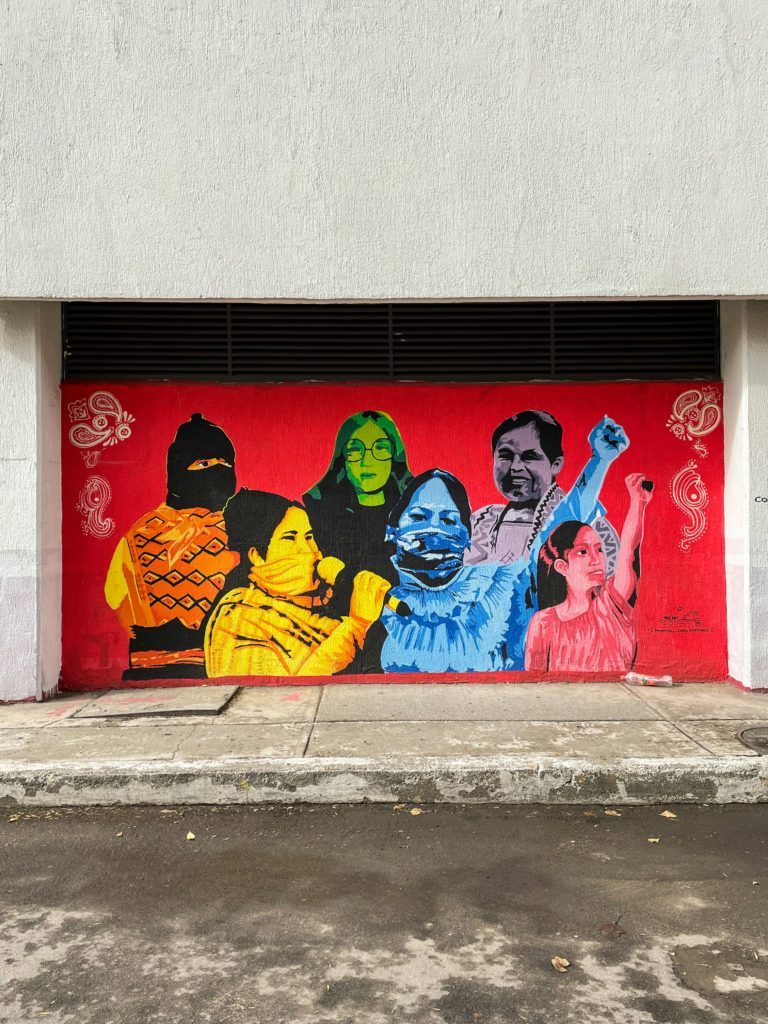
The violent shuttling and the lost voice
This is the core of the subaltern’s predicament, the space between the two discourses, where the Somali woman is violently shuttled back and forth. She cannot simply reside in one identity because her survival often depends on navigating both (Spivak, 2023). To access essential resources from international aid organisations, she must perform the role of the desperate victim, conforming to the White Savior’s expectations of helplessness. Simultaneously, to maintain social standing, safety, and a sense of cultural belonging within her own community, she must perform the role of the pious, traditional woman, upholding the Nativist ideal.
This relentless shuttling is not a dialogue but a form of ideological dismemberment. The result is the complete crushing of her actual, lived experience (Spivak, 2023). The specific, nuanced, and heterogeneous reality of her life, which may include forms of resistance that are not legible to either discourse, sophisticated political opinions, personal ambitions, or critiques aimed simultaneously at local patriarchy and global imperialism, finds no room to exist. There is no discursive space for a woman who might, for example, demand an end to FGM while also condemning Western military intervention.
As you astutely noted, she becomes a mute subject of idealisation for the nativist and a mute object of protection for the savior. In this impossible position, her individual subjectivity is annihilated (Jan et al. 2023). This is the precise moment Spivak theorises: the moment where the subaltern, as a subject of her own history, cannot speak. Any attempt to articulate a voice is immediately captured, distorted, and re-inscribed into one of the two dominant scripts, reinforcing the very system that silences her.
The intellectual’s task (following Spivak’s lesson)
The solution, Spivak warns, is decidedly not for well-meaning Western feminists or academics to attempt to give her a voice or to simply choose the nativist narrative as the more authentic alternative.
Both of these approaches re-enact the violence of speaking for the oppressed, thereby reconsolidating the intellectual’s position of power. Instead, the ethical task is threefold (Spivak, 2023). First, we must dismantle the Double Bind itself. This involves a relentless critique of both the White Savior and Indigenous Nativist frameworks, exposing how they are not opposites but mutually reinforcing components of a single silencing mechanism. Rigorous institutional critique must be practiced, analysing how specific institutions, NGOs, international media, governments, and even academic disciplines, are complicit in producing and sustaining these narratives for their own perpetuation.
Finally, and most crucially, the intellectual must engage in a continuous process of unlearning privilege (Aime, 2024). This means the critic must vigilantly acknowledge their own position within global power structures, be it of class, nationality, or institutional affiliation, and abandon the arrogant assumption of transparency.
The goal is not to retrieve a pure, authentic Somali woman’s voice, a romanticised lost origin. Rather, it is to engage in the patient, unglamorous work of clearing the ideological rubble, the double bind that prevents her voice from being formed and heard on its own terms.
Conclusion
In conclusion, the plight of the Somali woman, when analysed through the critical lens of Gayatri Spivak’s “Can the Subaltern Speak?”, reveals itself not as a simple story of oppression but as a profound and systematic crisis of representation. Her silence is neither a natural state of being nor a passive condition, it is the active, violent product of a historical and discursive double bind. Trapped between the White Savior narrative that reduces her to a helpless victim and the Indigenous Nativist discourse that confines her to an idealised symbol of purity, her own heterogeneous reality is violently effaced. This crossfire of ideologies does not merely distort her voice; it structurally precludes its very formation and audibility within dominant global and local channels.
Therefore, the intellectual’s responsibility extends far beyond a benevolent attempt to give her a voice, a gesture that often re-enacts the very epistemic violence it seeks to remedy. Instead, our task is to relentlessly deconstruct the machinery of this double bind itself. We must commit to a persistent critique of the institutions, languages, and power dynamics that sustain these mutually reinforcing narratives.
The goal is not a nostalgic search for an authentic subaltern consciousness, but the vigilant and humble work of clearing the ideological field. Unlearning own privileged assumptions to create the conditions of possibility for listening, even when what we hear is fragmented, contradictory, or challenges own political commitments.
References
- Abdullahi, A. M., Williamson, K., & Ahmed, M. Y. (2024). The impact of patriarchal culture on Somali women’s participation in politics. Development Policy Review, 42(2), e12747.
- Abubakar, N. (2021). Understanding how Somali women practice their culture: FGM and how it fits within Somali culture. Kent State University.
- Aime, F. S. (2024). Anti-oppressive psychotherapeutic practice: Finding liberation through unlearning. Routledge.
- Athanasiou, A. (2022). Undoing language: Gender dissent and the disquiet of silence. In Cultures of Silence (pp. 131–154). Routledge.
- Aurangzeb, S., Ismail, A., & Jehanzeb, S. (2025). Can the subaltern speak? Voice of the voiceless approach in Louise Erdrich’s Future Home of the Living God. Liberal Journal of Language & Literature Review, 3(3), 1560–1578.
- Jan, M. U., Ullah, R., Hamza, M., & Muhammad, I. (2023). Muteness and oppression of women in The Wasted Vigil from the perspective of patriarchy and a muted group theory. University of Chitral Journal of Linguistics and Literature, 7(II), 292–300.
- Newth, G. (2023). Rethinking ‘nativism’: Beyond the ideational approach. Identities, 30(2), 161–180.
- Paustian, M. C. (2024). Humanitarian fictions: Africa, altruism, and the narrative imagination. Fordham University Press.
- Sondarjee, M. (2025). White savior narratives in international development: A discourse analysis of the Kony2012 campaign by Invisible Children. The European Journal of Development Research, 1–23.
- Spivak, G. C. (2023). Can the subaltern speak? In Imperialism (pp. 171–219). Routledge.




